It’s one of the oldest questions in digital photography: Should I set my camera to shoot raw files, or jpeg, or both, and is there a real difference?
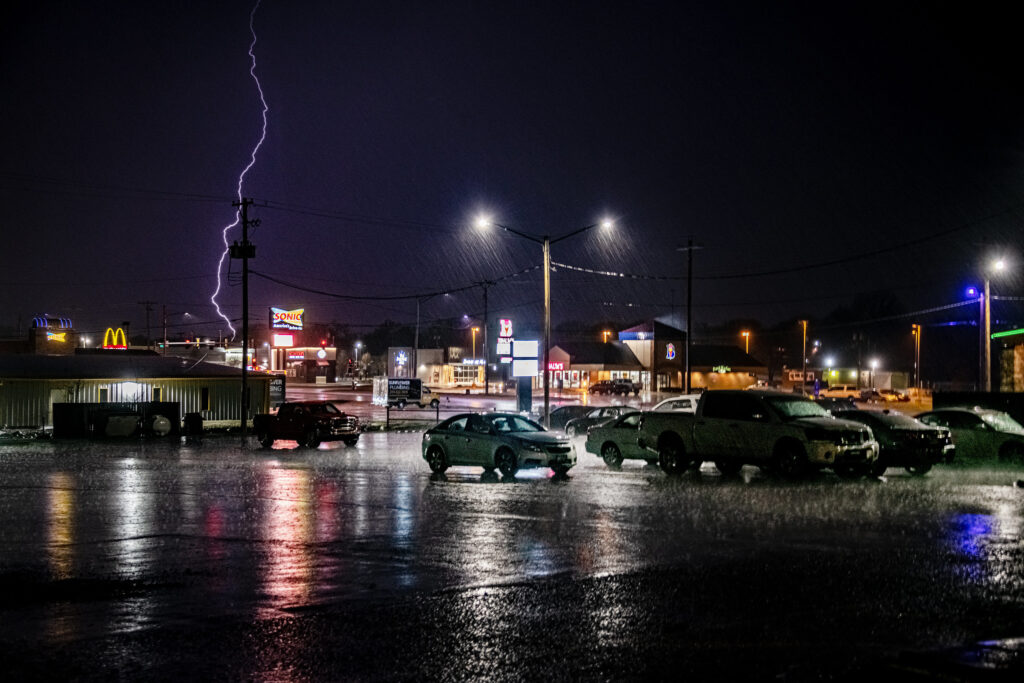
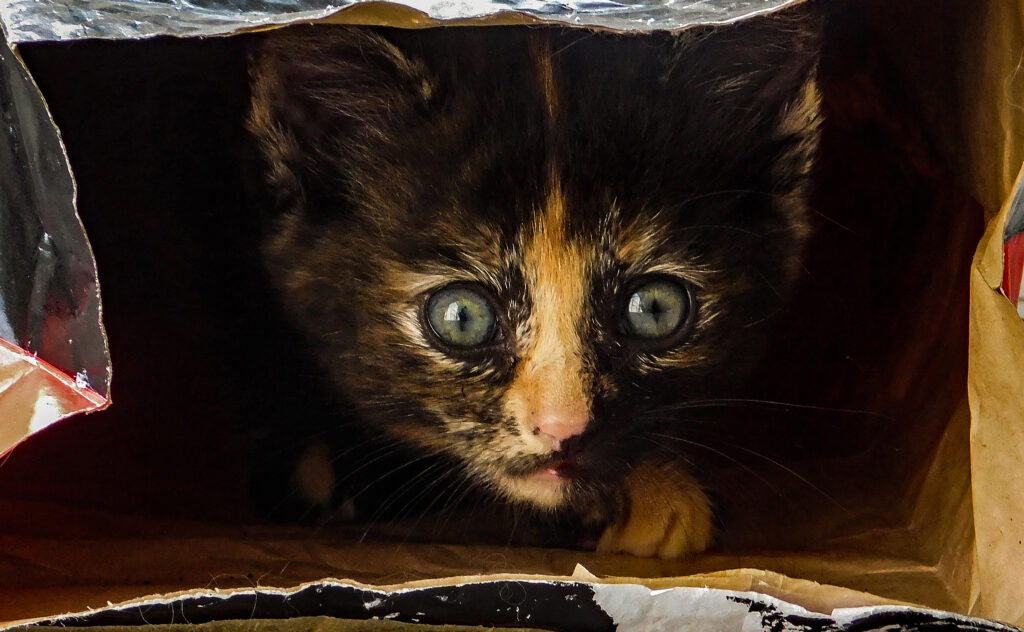
With many inexpensive cameras and cell phones, you don’t have a choice. Jpeg is it. The camera processes the file according to its programming to give you what it interprets to be the best exposure and settings for the subject you are shooting. With good lighting, the results can be fantastic. More advanced cameras often give you an option of shooting raw files, which aren’t processed in the camera to give you optimal results. They let you use a photo editing program to let you decide what the photo should look like. Some cameras even have slots for two memory cards, where raw images can be stored on one, and jpegs of the same shot on the other.

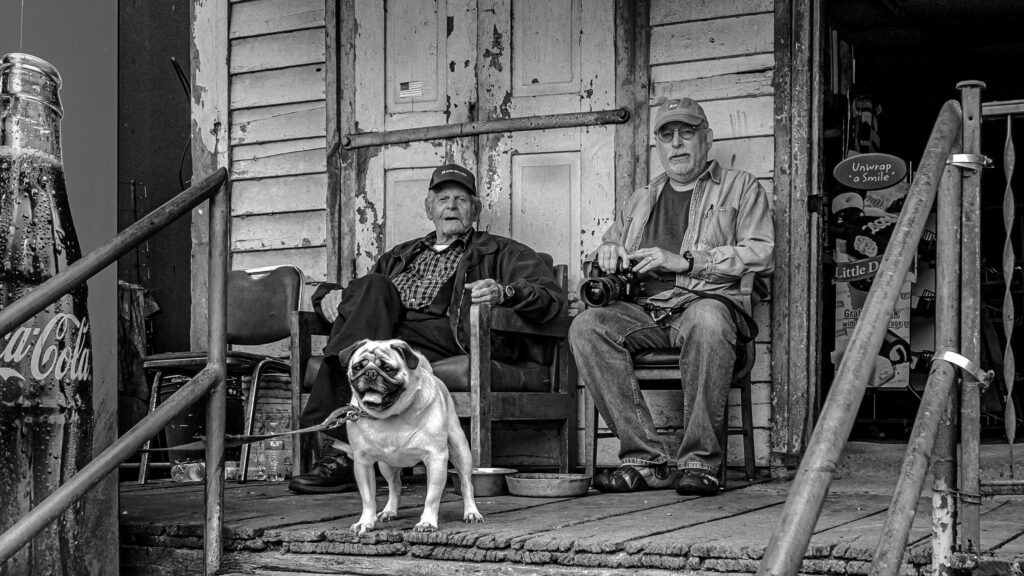
Jpeg file sizes are generally much smaller than raw, as unused data is discarded, after the camera has recorded an exposure. This unused data can include information needed to adjust highlights, shadows, sharpness, color, and a variety of other properties of a photo. Since the camera has already used an internal program to edit the photo, this information is no longer needed. This means that editing a jpeg file to further enhance a photo is limited, as the unused data is no longer there.
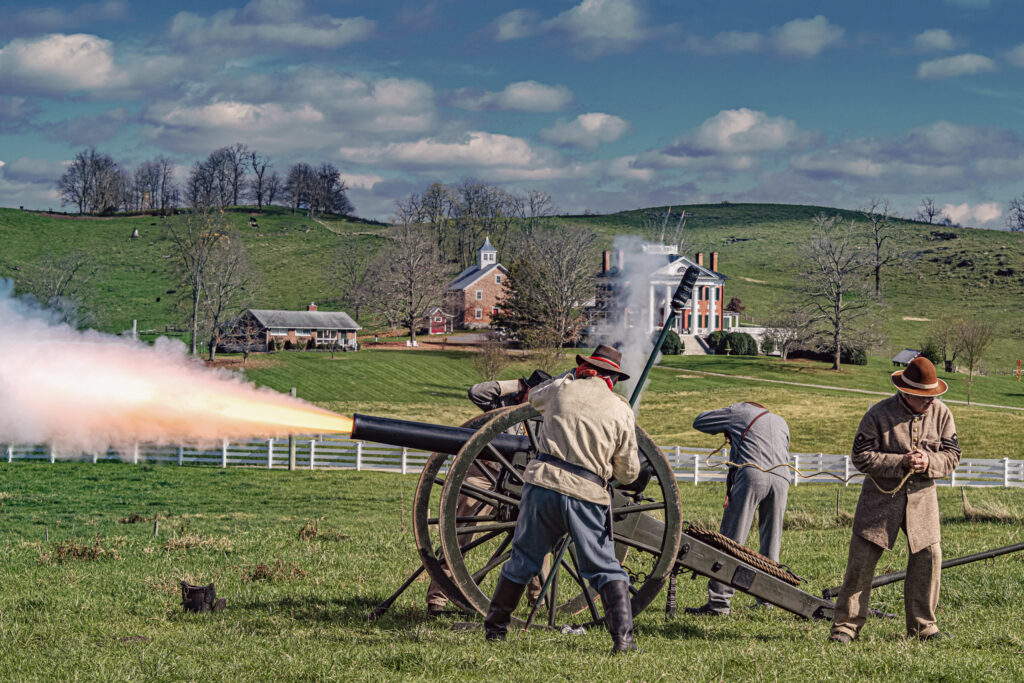
Raw files are much larger, and generally look somewhat flat when you look at them on a computer monitor. This is because no adjustments have been made to the file. It is up to the photographer to make these adjustments using his photo editing software of choice. I use Adobe Lightroom and Photoshop, as they are the programs that I know best. However, there are other alternatives including free and open-source options.
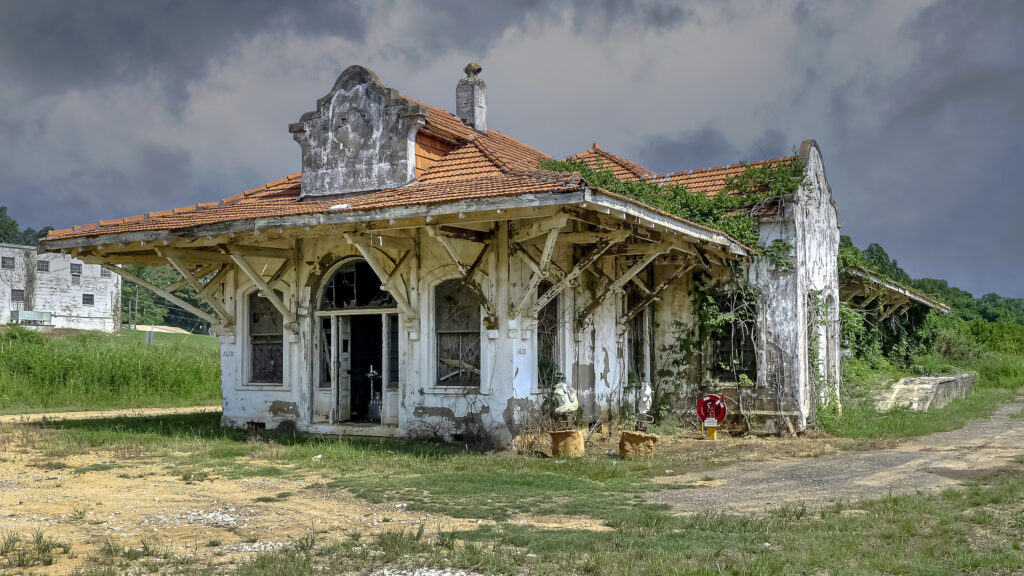
Advantages of shooting jpegs include small file sizes, and the photos are already edited. You can take a jpeg straight out a camera and use it as it is, post it on social media, or send it to a friend as an email attachment that can readily be seen without special software. Also, you can get significantly more shots on your memory card, and your camera’s buffer won’t fill nearly as quickly, when writing files to the memory card. Smaller files sizes mean you need less space on your computer’s hard drive to store them.
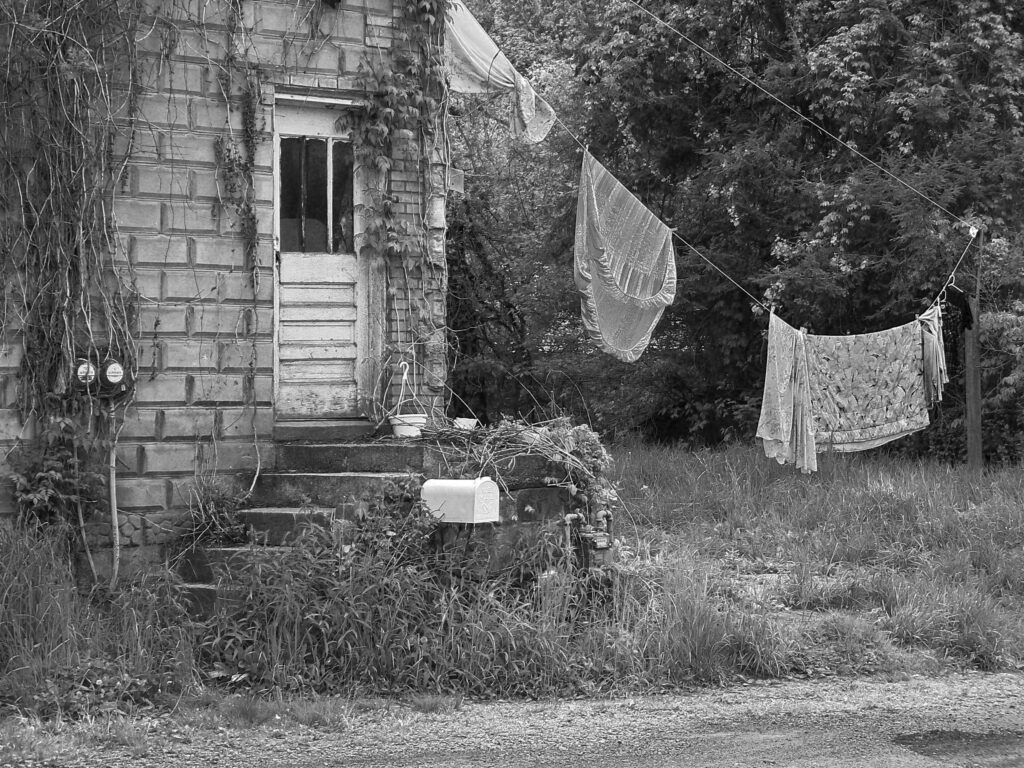
On the other hand, raw files are specific to a camera manufacturer. Nikons shoot .NEF extensions, Canons shoot .CR2, while Fujis shoots .RAF. Other cameras have their own extensions, and they are not readable between camera brands . Special software (Photoshop, for example, or the camera manufacturer’s own) is required to edit the photo and convert it to a usable, final image in jpeg (or other) format. The big advantage of shooting raw files is that you have complete control to use the recorded data to make the finished photo look as you believe it should.

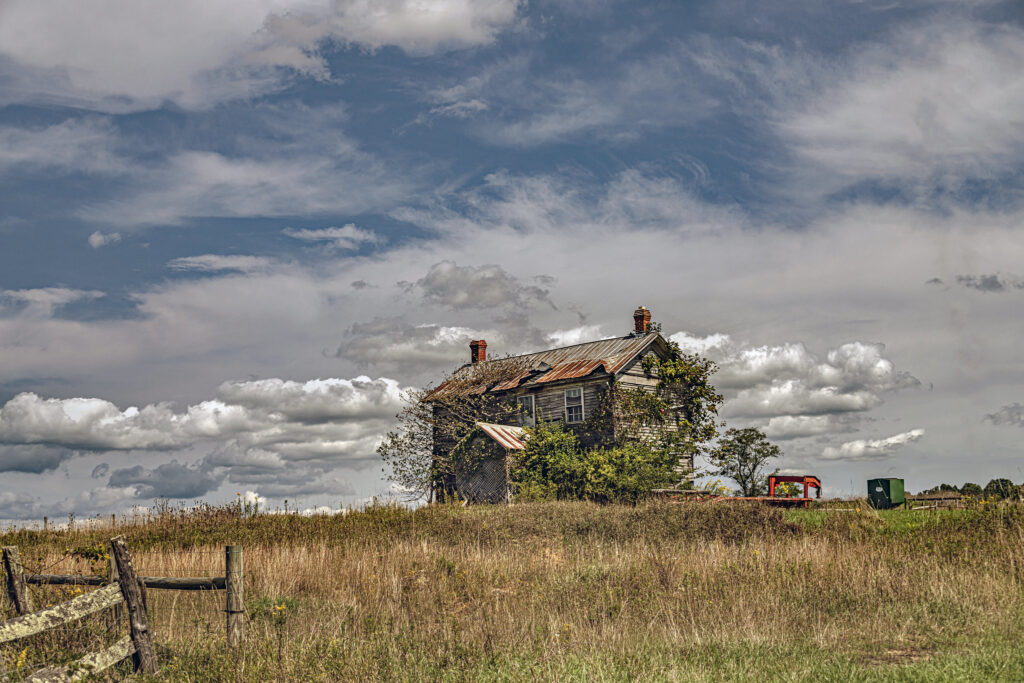
I’m often asked if I shoot raw or jpeg, or both. I sometimes shoot both, but I rarely do anything with the jpeg files. I generally shoot photos of old homes, abandoned structures and farms. I like cloudy days and generally expose for the sky, making sure that I don’t blow out the highlights. I then bring up the shadows in Lightroom/Photoshop. I sometimes dodge or burn and make other adjustments to get the desired results. While a jpeg might look okay for my subjects, it’s certainly not going to look as good as a well edited raw file.
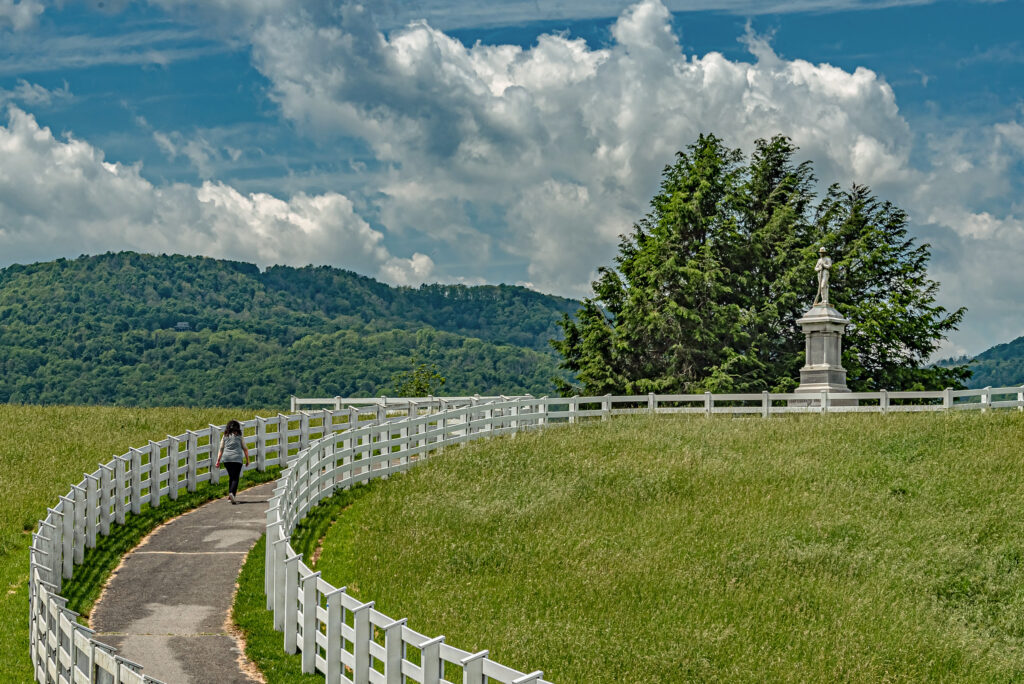
Many people believe that jpegs are more true to life, and closer to what you actually see, basically because the camera does the editing for you, and no other changes have been made. I guess that’s a matter of opinion, but I can get much closer to what I see by shooting raw and adjusting shadows, highlights, color saturation, sharpness, and a number of other factors in Lightroom and Photoshop.
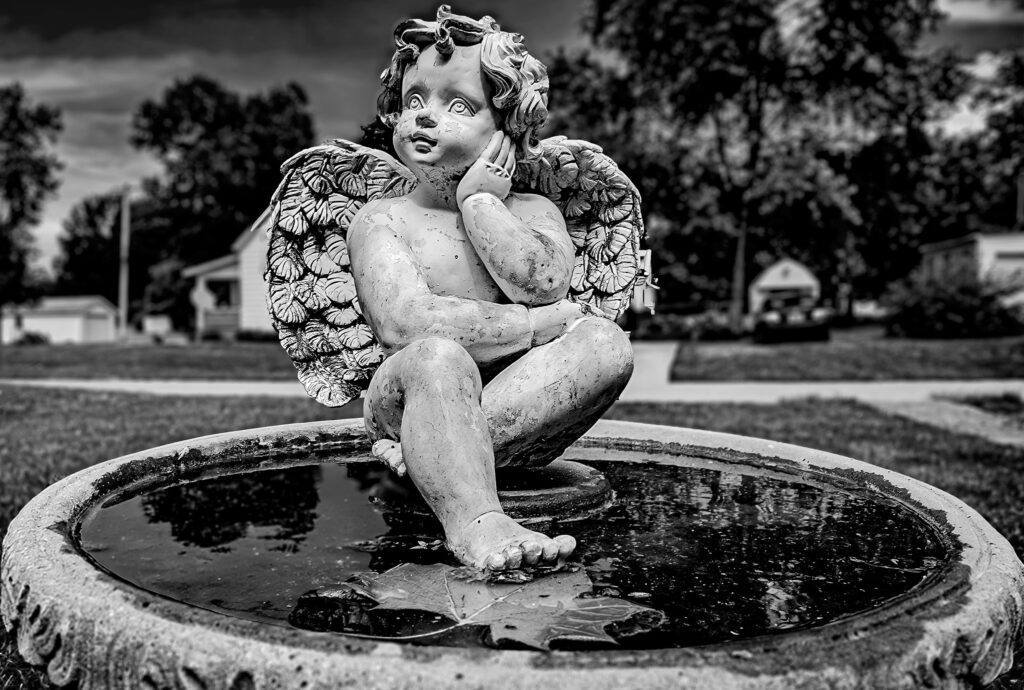
What about black and white photography? I know some photographers that shoot raw files on one memory card and black and white jpegs on the other. There’s absolutely nothing wrong with this, as long as one is satisfied with the B&W jpeg as it comes out of the camera. Again, the B&W jpeg image has discarded information and can’t be edited to any significant extent. I prefer to convert a raw image to B&W in Lightroom or Photoshop to maintain more control over what a final photo will look like.
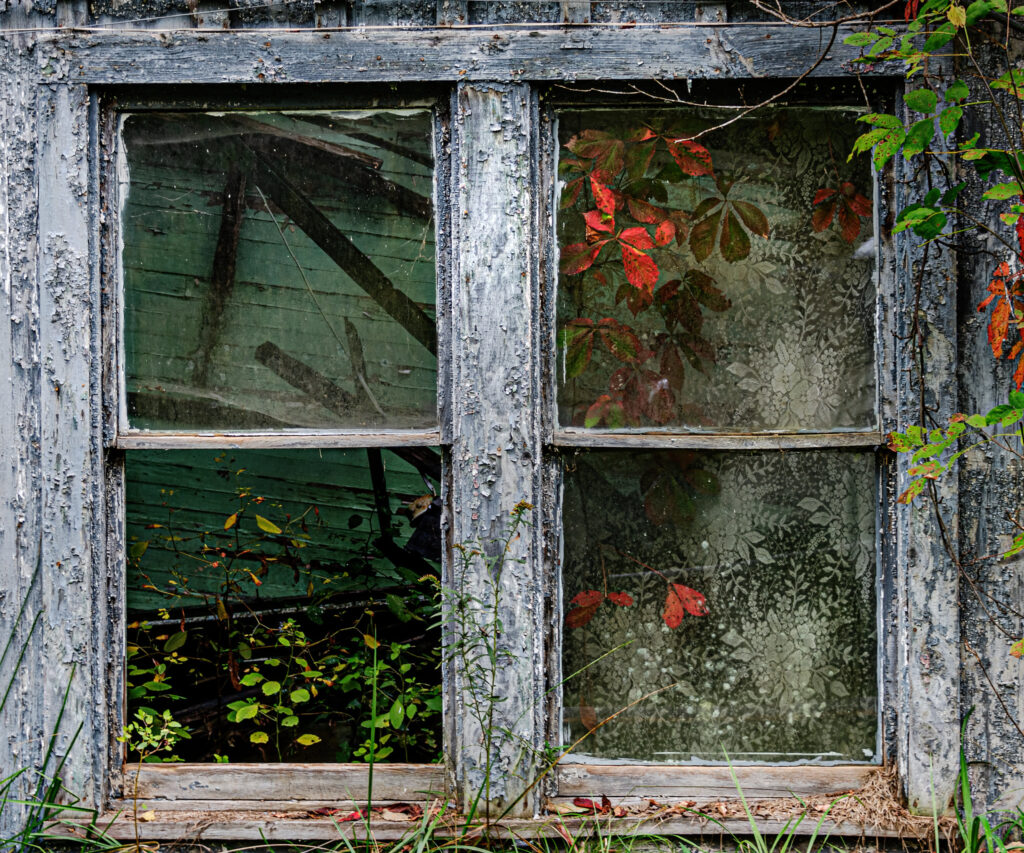

I’m certainly not telling photographers that they should be shooting raw files, and not jpeg. I’m letting you know what works for me. Not everyone has my taste in photography. Many photographers love to combine different jpeg exposures using multiple shots of a subject in what is known as High Dynamic Range (HDR) photography. While that’s not my thing, it is very popular. And, so is shooting plain jpegs out of a camera or phone. I’m truly amazed by the quality of many cell phone shots.
My advice would be to shoot whatever works for you. However, I would suggest that anyone who hasn’t tried raw photography to give it a try, and spend some time learning to edit the raw files. It’s not difficult, and will be worth your while whether you choose to use it all the time, some of the time, or not at all. At least you will be satisfied knowing that you have tried it and found out if it’s for you, or not.

